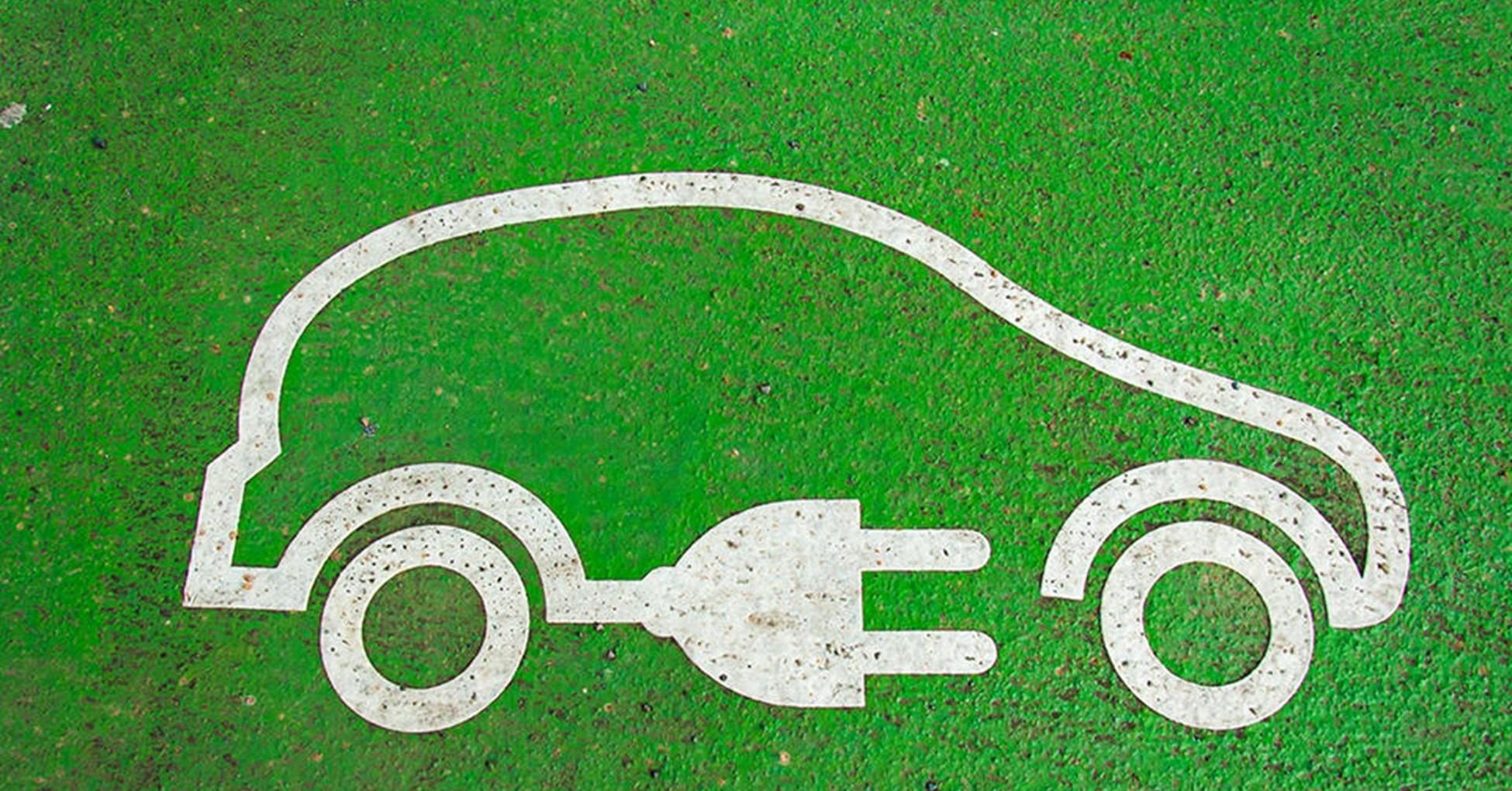Thought Leadership October 2024
3D Printing Homes of the Future
Additive Manufacturing Article by Project DIAMOnD
According to a recent analysis by Zillow, the US housing shortage is growing. The real-estate marketplace platform examined 2022 data and concluded that the U.S. needs an extra 4.5 million homes. Other data paints a far bleaker picture, suggesting the number is closer to 7 million when “adjusting for the needs of low/middle-income households.”
The housing shortage is a multi-faceted problem with several causes, such as restrictive zoning and regulations, high market demand, and rising labor and material costs. Tackling these issues requires an innovative approach from the construction sector.
The burgeoning 3D printing industry could provide an efficient and sustainable solution. Thanks to sustainable materials and reduced transport and logistics requirements, construction could become quicker and cheaper while reducing environmental impact.
Global examples of this futuristic technology exist already, with a two-story office building in Dubai and a fully 3D-printed house in Eindhoven, Netherlands, serving as two notable examples.
Here is an overview of the state of 3D-printed home construction.
Modular vs. Print on Site
There are two primary methods for building 3D-printed homes. They are:
Modular printing: This approach involves printing individual components in an off-site location before transporting the modules to the construction site for assembly.
On-site printing: This method involves transporting 3D printing machines to the site and printing the structure there.
Both these approaches come with some advantages and disadvantages.
Modular printing will provide better quality control and faster production. It’s also less subject to adverse weather conditions and more suited to navigating building codes and regulations. However, size limitations and transport costs are drawbacks.
On the other hand, on-site printing offers greater flexibility and customization. It also reduces transport costs and size limitations, allowing construction teams to print larger structures.
However, on-site printing also has downsides, such as regulatory hurdles, quality control challenges, and longer construction times. The approach is also more subject to weather and environmental conditions, which could extend project delivery.
Sustainability
3D-printed homes offer some significant sustainability advantages. A few of the impressive environmental benefits include:
● Reduced material waste when compared with traditional construction methods.
● A more effective use of finite resources.
● The utilization of sustainable materials, such as recycled plastics and biodegradable components.
From an economic sustainability standpoint, 3D homes are more cost-effective and efficient, which can lead to productivity gains for businesses in the construction space.
Finally, these construction techniques can also boost the long-term sustainability of the structures themselves. For example, Building Information Modeling (BIM) can produce more energy-efficient buildings, while enhanced precision and use of new materials could lead to more durable buildings capable of withstanding extreme conditions.
Of course, some issues need to be ironed out so 3D model houses can reach their potential. For example, more research and innovation are required to find printable materials that meet design, performance, and sustainability requirements.
Additionally, adopting this process involves significant upfront investment in R&D and equipment. What’s more, the printing materials could initially be more expensive than traditional construction materials.
However, these challenges are not insurmountable, especially when integrated with Industry 4.0, such as robotics, IoT, AI, BIM, and automation.
Housing Codes and 3D Printed Homes
Integrating 3D-printed homes into existing US building codes presents some complexities. However, it’s also an opportunity for home builders and regulators to examine how current laws hinder the housing supply and implement more pragmatic solutions.
While progress has been gradual, many US jurisdictions are working to update building codes to accommodate 3D structures.
For example, the International Code Council (ICC) has added Appendix AW to its 2021 International Residential Code (IRC). The nonprofit has added the UL 3401 standard, which provides a much-needed framework for approving and evaluating 3D-printed buildings and structures.
However, more work must be done to review existing codes and develop new standards and certifications that reflect the eccentricities of 3D-printed construction. Progress will require a collaborative approach among researchers, industry experts, and regulatory bodies.
Achieving acceptable safety standards is a key battleground. Ensuring 3D structures are fire-resistant and durable while capable of withstanding environmental stresses will determine widespread adoption.
Naturally, there are some challenges to overcome. Some of the most pressing include:
● Establishing unified codes across different regions and jurisdictions.
● Defining a standardized testing process for printed materials.
● Initiating monitoring programs to establish long-term performance data for materials.
● Adopting a sufficiently agile regulatory approach that can keep up with the fast-paced developments in the 3D printing sector.
● Starting programs and certification procedures for building inspectors in this innovative space.
While many people consider this work mundane, it is an important step to unlocking the potential that 3D-printed structures have to transform construction.
Cost Effectiveness
3D-printed homes provide a direct and credible solution to the affordability problems that stalk the US housing market. The US Housing Affordability Index has sharply dramatically declined since 2022, putting ownership out of reach of large swathes of the public.
Rising material and labor costs are one part of the picture here, while a lack of available inventory in the market is another instrumental factor.
The World Economic Forum suggests that 3D homes could be built at a fraction of the cost of traditional construction methods. Here are some of the factors that could drive dramatic cost reduction.
● Automated 3D-printed homes would reduce the reliance on human workers, meaning projects could cut escalating labor costs while still delivering the high-quality homes the market requires.
● Developers can rapidly produce 3D homes. In one example, a two-bed 3D-printed home was constructed in a mere 18 hours. These speeds could significantly reduce project overheads.
● Traditional material use in the construction industry is subtractive, producing a lot of waste. Printed materials will allow for more precise material usage and even innovative structural support designs that could cut material requirements. Both techniques will drive down costs.
Final Thoughts
The advantages of 3D-printed homes are obvious. However, some hurdles must be overcome if this technology is to make a difference to housing in the US. When combined with AI, robotics, and other Industries 4.0 technologies, this resourceful approach could revolutionize US construction and deliver sustainable and affordable homes for millions of Americans.
The Future of EV Batteries
At Michigan State University, researchers are advancing battery technology to improve EV energy density, safety, fast charging, and weight reduction, while developing swappable battery modules and working towards a prototype electric car built entirely through MSU research.
One of the biggest hurdles for the public in adopting electric vehicles (EVs) is limited battery performance. Current EV batteries aren’t perfect, so at Michigan State University (MSU), we are using fundamental material science and new chemistry research to produce batteries with improved energy density and safety.
Our research group is developing several patents related to boosting battery performance by improving a battery’s energy density, or how much energy an EV battery can store related to its size and weight. This research also applies to resolving range anxiety by increasing mileage achieved per EV charge, alleviating public concern about making it to and from an intended destination on a single charge.
As an example, we are working on improving electrolytes inside the battery. Electrolytes are responsible for lithium-ion transport within lithium batteries by using solid-state battery technology. Solid-state batteries use a ceramic solid-state electrolyte to enhance the battery’s energy density and store more energy in a smaller space. This is also safer given ceramics are not as flammable as organic liquids.
As we examine ways to reduce battery costs, we’re exploring options for enhancing EV batteries fast-charging battery capabilities, which is of tremendous interest for those who don’t want to wait an hour or longer to fully recharge their EV battery.
For instances when drivers need to use the vehicle but don’t have time to charge their battery, we are developing swappable battery modules that allow for a quick change. Our goal is to make swapping out the battery for a fully charged one as easy as filling up the gas tank.
Additionally, we’re working to reduce the weight of a single EV battery by 30%, which would make a big difference to the size and weight of battery packs. This overall weight reduction goal is substantial, so we’re carefully considering how to achieve it without sacrificing battery performance.
As we collaborate with researchers across MSU’s campus, colleges and departments, the ultimate shared goal is to build a prototype electric car where every part of the vehicle from the body, battery, technologies and the control system are developed through MSU research. We’re aiming to bridge the gaps between the lab and the road by innovating every part the vehicle.

Chengcheng Fang joined the Department of Chemical Engineering and Materials Science at Michigan State University as an assistant professor in 2020. Her research group focuses on developing multiscale quantitative characterization tools, and designing advanced materials and manufacturing methods for energy storage and conversion devices.





















